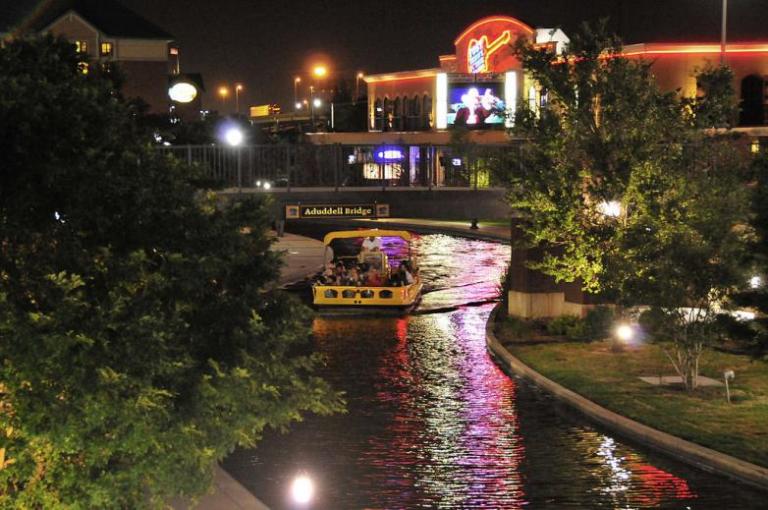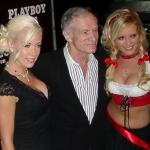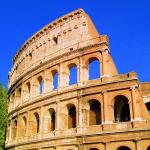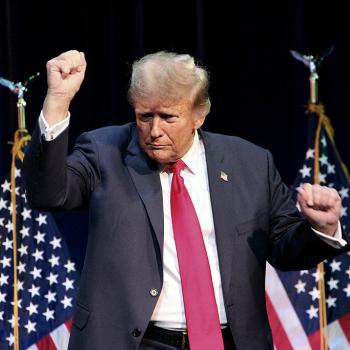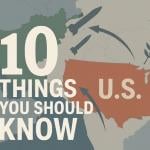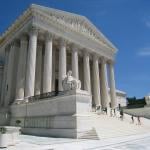The success of the Oklahoma City Thunder is only one facet of a city that had died but that has been brought back to life.
First the Oklahoma City Thunder surprised the basketball world by pulling off a trade for superstar Paul George. Then the Thunder surprised the basketball world again by pulling off a trade for superstar Carmelo Anthony. Now the team’s own superstar, this year’s MVP Russell Westbrook has made a long-term commitment to the team by signing a 5-year extension, a $233 million deal that will constitute the biggest contract in NBA history.
The mayor of Oklahoma City, Mick Cornett, in tune with his city and the whole state, was so elated that he signed a proclamation declaring every day to be “Russell Westbrook Day.”
Why would Anthony waive his no-trade clause to leave New York City for Oklahoma City? Why would Westbrook commit to the second-smallest market in the NBA when he could play in his native Los Angeles? George has made public his desire to play for the Lakers, though Westbrook’s staying and the possibility of being on a winning team might change his mind. But right now, he is rhapsodizing over Oklahoma City.
Here is what Westbrook has been saying on the subject. In announcing his extension, he said this:
“I’ve said it before, and I’ll say it again, there is no place I would rather be than Oklahoma City. I am so honored to have the opportunity to continue my career here with the Thunder. From day one the support that Mr. Bennett, Sam, Troy and the entire organization have given me and my family has been incredible, and we are so grateful. When you play in Oklahoma City you play in front of the best fans in the world, I’m looking forward to bringing everything I’ve got, for them, this city and for this organization. WHY NOT?”
And now George is sounding the same way: “Unbelievable people. Unbelievable as far as the fan support. Just being out downtown and being out in the city in general. The love here and the excitement, I haven’t felt this, honestly… I can’t wait to start and really come out and perform in front of this community.” It also helps that he’s a big fisherman and is enjoying living on one of the many lakes around the city.
And for Anthony, leaving the pressure-cooker emotional atmosphere in New York for the adulation he is receiving in Oklahoma is, he says, “incredible.”
Westbrook qualified for his blockbuster deal because of a new NBA provision: the “designated player veteran extension.” This allows a player who meets certain benchmarks, including being on a team for 9 years and becoming an All-Star, to receive 35% of a team’s salary cap with a five-year extension.
The provision was designed to help small-market teams retain their star players. Ironically, it is being called the “Kevin Durant rule.” It was implemented after the Thunder’s other star player left the team to pursue a championship with the Golden State Warriors. (See Tom Ziller, How losing Kevin Durant let the Thunder keep Russell Westbrook – SBNation.com.)
Now the Thunder is also approaching superteam status, with at least an outside chance of defeating the Warriors.
But, of course, questions remain. Can the three Thunder stars play together? Or will they each try to hog the ball? That is an open question, but some analysts are saying that the three will complement each other and make the Thunder a far better team. (See Jared Dubin, Lineup Versatility Is No Longer a Weakness for the Thunder, Fansided, and Scott Rafferty, Carmelo Anthony can push Thunder back to elite offensive status, Sporting News. See also this training camp report.)
Growing up in Oklahoma, I always liked Oklahoma City, but it had the inferiority complex of a big cowtown. Oklahoma City had the blue-collar workers, but Tulsa was the “oil capital,” with the office buildings and the company headquarters. OKC was run-down. The good jobs had mostly gone elsewhere. Downtown was dead. The economy and the mood of the city were depressed. And then, as if that weren’t bad enough, terrorists attacked.
When the Murrah Building was blown up in 1995, killing 168 and marking the advent of the age of terrorism, the citizens of Oklahoma City came together in a remarkable way. A new civic spirit was palpable.
Two years earlier, Oklahoma City voters approved the Metropolitan Area Projects Plan (MAPS), a combination of a sales tax increase and private partnerships designed to remake the city. MAP projects, such as remodeling a rundown warehouse district into an entertainment district known as Bricktown, came on line not long after the Oklahoma City bombing, adding to the sense of civic rebuilding.
Downtown was brought back to life, new businesses came in, and new restaurants and entertainment venues blossomed. When Hurricane Katrina made it impossible for the New Orleans Hornets to play their season, Oklahoma City invited the team to play there in a brand-new arena. The Hornets enjoyed enormous fan support. This led to the relocation of the Seattle SuperSonics to OKC and the birth of the Thunder.
MAPS is said to be “one of the most successful public-private partnerships undertaken in the U.S.”
And one of the fruits of that partnership is the success of the Oklahoma City Thunder.
But the basketball team is only a sign of a city that had died–due to economic decay, civic despair, and terrorism–but that has been brought back to life.
Photo by Serge Melki from Indianapolis, USA (Oklahoma Bricktown Canal at Night) [CC BY 2.0 (http://creativecommons.org/licenses/by/2.0)], via Wikimedia Commons


